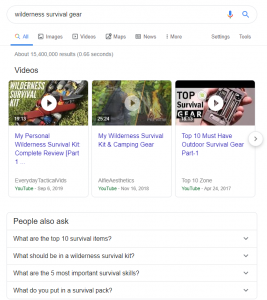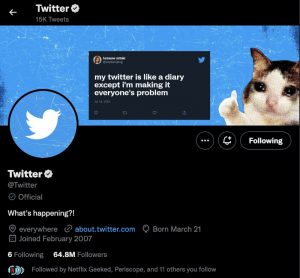— June 13, 2019
Boiled down to its essence, management is a system of managers operating in concert, constantly adjusting resources based on new information coming in to keep the business on target. It involves coordinating complex efforts, enabling group work, and constantly asking the question, “What’s the next, most intelligent step from here?”
In other words, management is the feedback system of the organization. Managers who continually ask themselves and their teams what that next logical step to be taken is — and then take it, learn from it, and repeat the process — are “iterating.”
Iteration is the way effective systems solve problems whose solutions are too complex to be predefined. Just look for the highest-performing entrants in any given market space. Chances are they’re iterating.
An organization that iterates moves the right information up and down the hierarchy, in regular and useful ways, in support of good decisions. It doesn’t get stuck in an overly rigid plan, but instead stays flexible as it pursues clearly defined outcomes.
If you want to run a fast, flexible, focused management team, use these five key practices:
1. Output and Status Broadcasting
Managers must be crystal clear with themselves and each other about what they’re doing. They do this verbally via “verbalized summary outputs” (the VSO), and they do it graphically with “pragmatic dashboards.”
The VSO is a list of statements summarizing the output the manager will deliver to the organization into measurable, countable outputs — 3-7 items that, together, account for roughly 80 percent of the manager’s results. The list should take 60-90 seconds to say out loud in a meeting. VSOs confirm alignment and provide a line of sight into how each manager’s — and thus each team’s — work impacts the bigger picture.
A pragmatic dashboard turns the verbal information of the VSO into graphic information, one graph per VSO item to avoid unnecessary data. The graphs are summaries of measurable output that include historical data on past performance, along with two futures: the planned future alongside what’s now expected. With these in hand, aimless monologues transform into specific discussions about the future because everyone can see what’s not going to go as expected.
2. Work PreView Meetings
In an iterative organization, “work PreView meetings” are the regular meetings between a manager and their direct reports. These meetings have a consistent rhythm that involves providing information, making decisions, and ensuring plans are carried out with regularity. Meeting leaders strive to maintain a forward-looking orientation so that discussions of status are minimized and the focus is on “What’s going to happen in the future, and what should we do about it right now?”
The ultimate goal of any work PreView meeting is to decide what to do with the resources at hand given what the team knows now and what it has to work with. To do this, members present issues using an “OSIR structure”: they begin with an objective that involves measurable results; then a status statement of future prognosis and expected variance; a short summary of the issue causing the variance; and finally a specific recommendation for a suggested action. This format ensures that the presentation is over within about three minutes, leaving the majority of the group’s time for productive discussion about what action to take next in light of the new information.
3. Group Decision-Making
Ideally, groups solving problems together are made up of only 5-7 individuals. Larger groups can come together to approve or decline recommendations, but not to attempt to solve problems. Whether a group decision is happening in a large group or a small one, the process comes down to members teaching and the decider learning. When the focus is on understanding each other, rather than on obtaining agreement, information transfer is clearer and more complete. Once the decider has learned all they can and made a decision, the team implements without failure or sabotage, even if they don’t personally agree. The team is always iterating and no decision is “final,” but every decision must be fully implemented, or else no learning can come from it.
4. Linked Teams
Redefining how managers and their reports conceptualize their relationships to others in the organization means moving away from the notion of managing a group of individuals and instead running a team with a single charter. Everyone succeeds or fails based on whether the entire team succeeds or fails. This allows iteration through proactive resource sharing, and it tears down silos as peers ask, encourage, and even push each other to accept help. Managers are better off, and the organization is more successful, when peers on a team work to understand each other and make trade-offs in support of higher-level goals.
5. Front Line Self-Sufficiency
The fundamental function of front-line managers is to make individual employees as self-sufficient as possible in both delivering their outputs and forecasting them. To do this, managers need to put in place clear goals that are defined in terms of output, not task or process. Managers must also give front-line employees ready access to the resources they need to do their jobs.
Once front-line employees know what they’re supposed to do and have what they need to do it, all that is left to promote self-sufficiency is to make sure employees are keeping track of their own work, without management intervention. As individual contributors make accurate forecasts (promises) about their future output, trust improves between front-line employees and managers, and better information flows up to higher levels of management, helping the organization as a whole to iterate.
Previously Published on Recruiter.com
Business & Finance Articles on Business 2 Community
(55)





